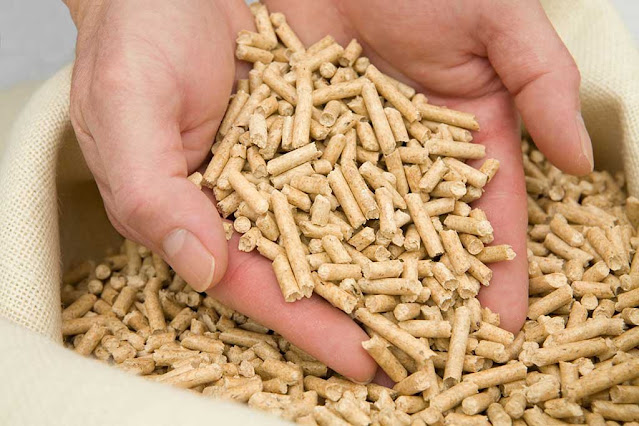Dicamba: Balancing Crop Yield and Environmental Impact in Modern Agriculture
Dicamba is a selective herbicide that has been used for decades to control a variety of broadleaf weeds in crops such as soybeans, cotton, and corn. However, in recent years, the use of Dicamb has become increasingly controversial due to its potential impact on the environment and human health. On one hand, Dicamb has proven to be effective in controlling weeds and increasing crop yield. Dicamb-tolerant crops have been developed, which allow farmers to apply the herbicide directly to the crops without harming them.
This has led to improved weed control and higher yields for farmers, which is crucial in a world where food production needs to keep up with a growing population. On the other hand, Dicamba has been linked to off-target movement, where the herbicide drifts and damages neighboring crops and vegetation. This has resulted in legal battles and disputes between farmers, and concerns about the impact of Dicamb on the environment, particularly on pollinators like bees. In response to these concerns, regulatory agencies have placed restrictions on the use of Dicamb, including mandatory training for users and limits on application timing and methods. Some states have even gone as far as banning the use of Dicamb altogether. owever, there are also efforts underway to develop more sustainable approaches to weed control in agriculture, such as integrated pest management (IPM) strategies that focus on prevention, cultural control, and biological control.
The global Dicamba Market is projected to surpass US$ 700 million by the end of 2027, in terms of revenue, growing at CAGR of 7.8% during the forecast period (2019 to 2027).
These approaches aim to reduce the reliance on herbicides like Dicamb, while still maintaining high levels of crop yield. Furthermore, technological advancements are being made in Dicamb formulations, which can reduce the potential for off-target movement. For example, low-volatile formulations of Dicamb have been developed, which are less likely to drift and cause damage to neighboring crops and vegetation.
It is important to recognize that the debate around Dicamba is complex, with various stakeholders involved, including farmers, environmentalists, regulatory agencies, and the general public. The challenge is to find a balance between the benefits of Dicamb in increasing crop yield and the potential risks to the environment and human health. To achieve this balance, it is crucial to continue to research and monitor the impact of Dicamb on the environment and to develop sustainable alternatives for weed control in agriculture. In addition, effective communication and collaboration between all stakeholders is necessary to ensure that Dicamb is used responsibly and in a way that minimizes its impact on the environment.




Comments
Post a Comment